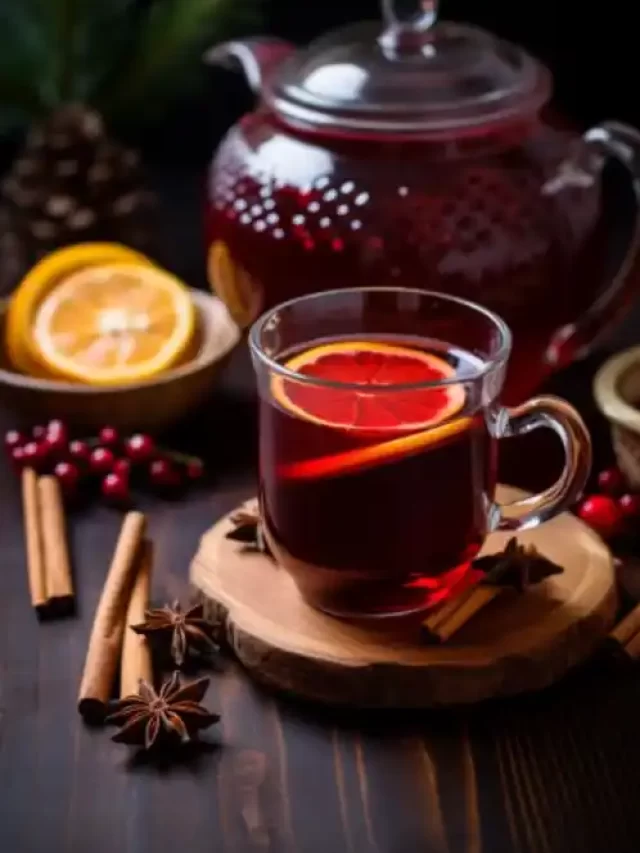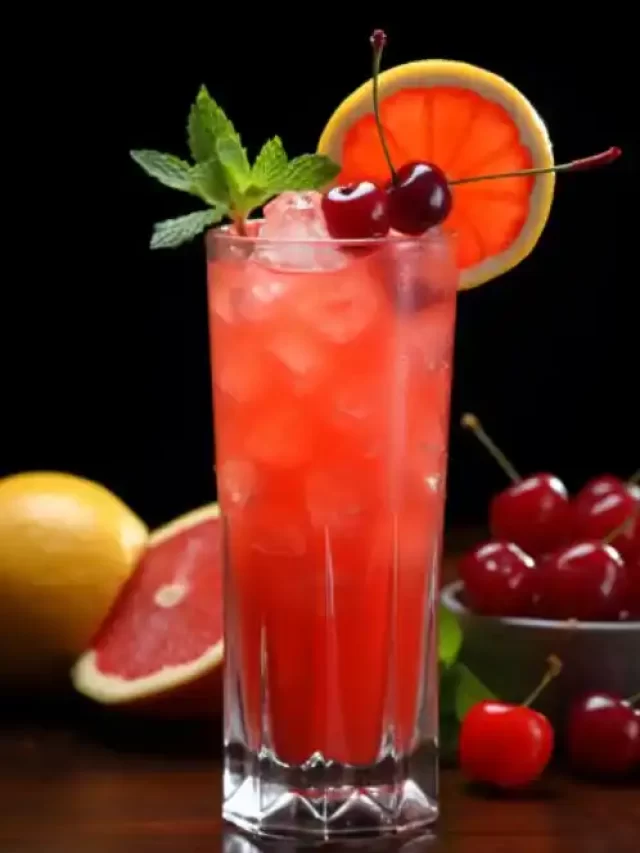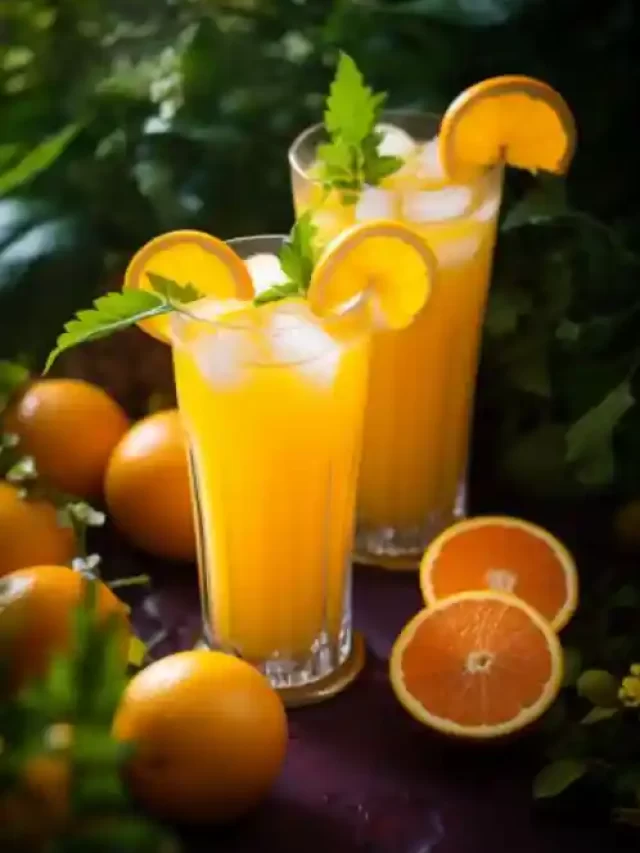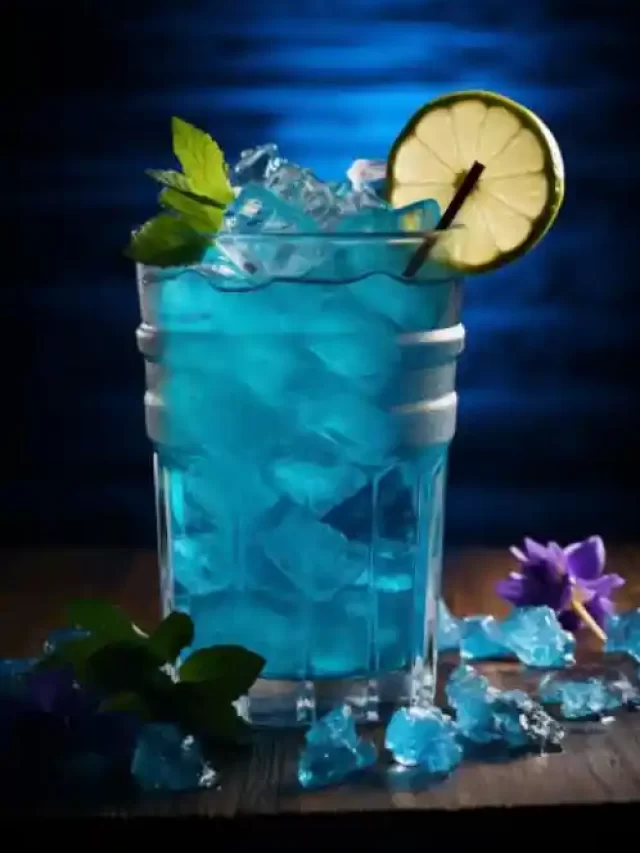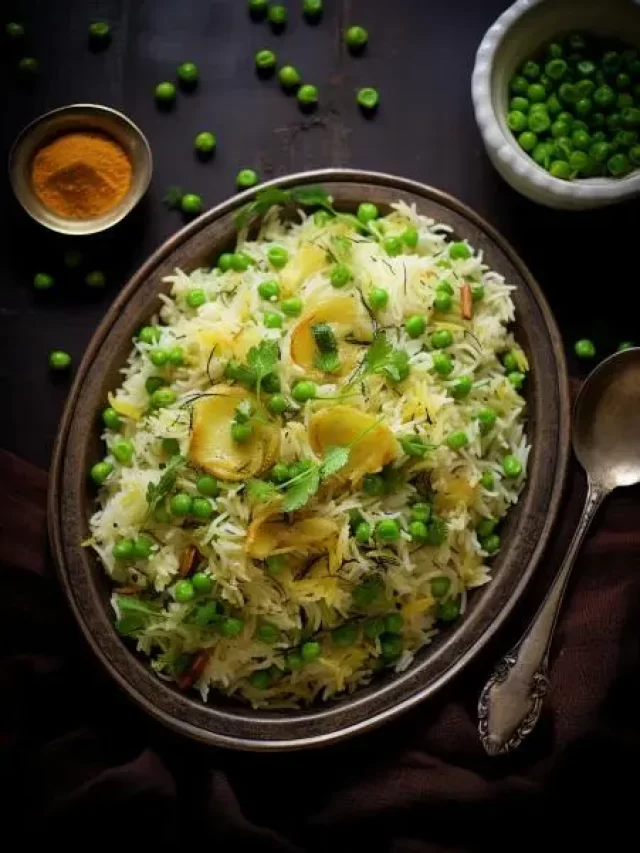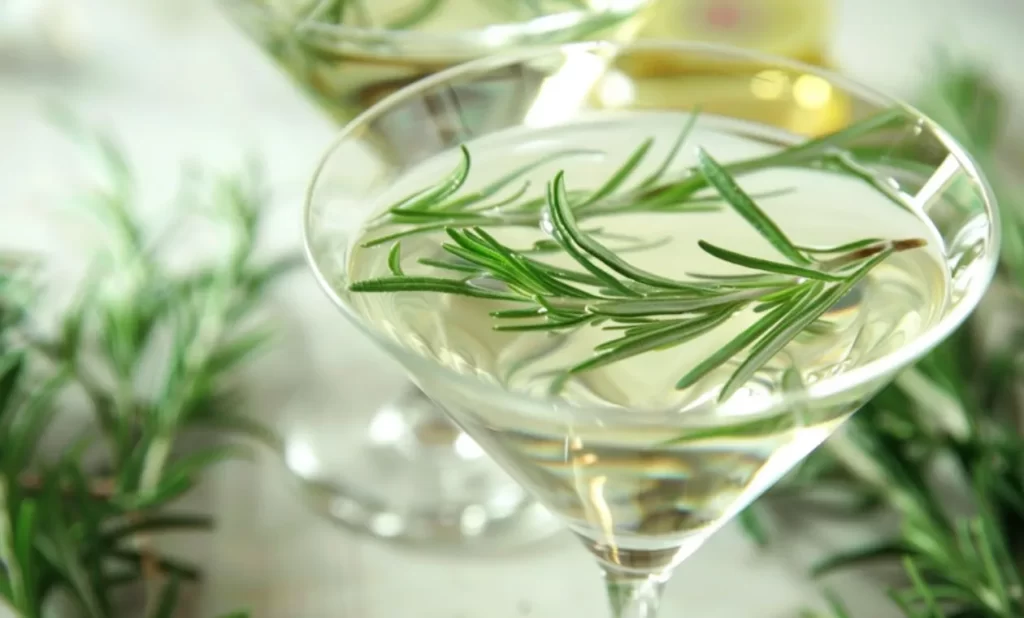
Welcome to the world of the rosemary champagne cocktail, where elegance meets refreshment in a single glass. In this guide, we embark on a journey to uncover the secrets behind this delightful concoction, perfect for any occasion. From its humble beginnings to its modern-day popularity, the rosemary champagne cocktail has captured the hearts of cocktail enthusiasts around the globe.
Join us as we delve into the essence of this exquisite drink, exploring its recipe, variations, and all the nuances that make it a standout choice for celebrations, brunches, or simply enjoying a moment of indulgence. Let’s raise our glasses and discover the magic of the rosemary champagne cocktail together. Cheers to the beginning of an unforgettable adventure!
Also Read: Walk Me Down Cocktail Recipe
Rosemary Champagne Cocktail Recipe
Indulge in the exquisite taste of the rosemary champagne cocktail with this simple yet sophisticated recipe. Elevate your cocktail game with the perfect blend of herbal notes and effervescence.
Ingredients:
- 1 ounce rosemary-infused simple syrup
- 4 ounces champagne
- Sprig of rosemary, for garnish
Instructions:
- In a saucepan, combine equal parts water and sugar.
- Heat the mixture over low heat until the sugar dissolves completely.
- Add a few sprigs of fresh rosemary to the syrup.
- Let the syrup simmer for 10-15 minutes to infuse the rosemary flavor.
- Remove from heat and allow the syrup to steep for at least 30 minutes.
- Strain the syrup to remove the rosemary sprigs and let it cool.
- Pour 1 ounce of the rosemary-infused simple syrup into a champagne flute.
- Top it off with 4 ounces of chilled champagne.
- Garnish the cocktail with a sprig of fresh rosemary for an elegant touch.
- To garnish, gently place a sprig of fresh rosemary on the rim of the champagne flute.
- Optionally, you can lightly bruise the rosemary sprig before garnishing to release its aromatic oils and enhance the flavor profile of the cocktail.
With just a few simple steps, you can create a masterpiece that delights the senses and impresses your guests. Cheers to the perfect rosemary champagne cocktail!
What is a Rosemary Champagne Cocktail?
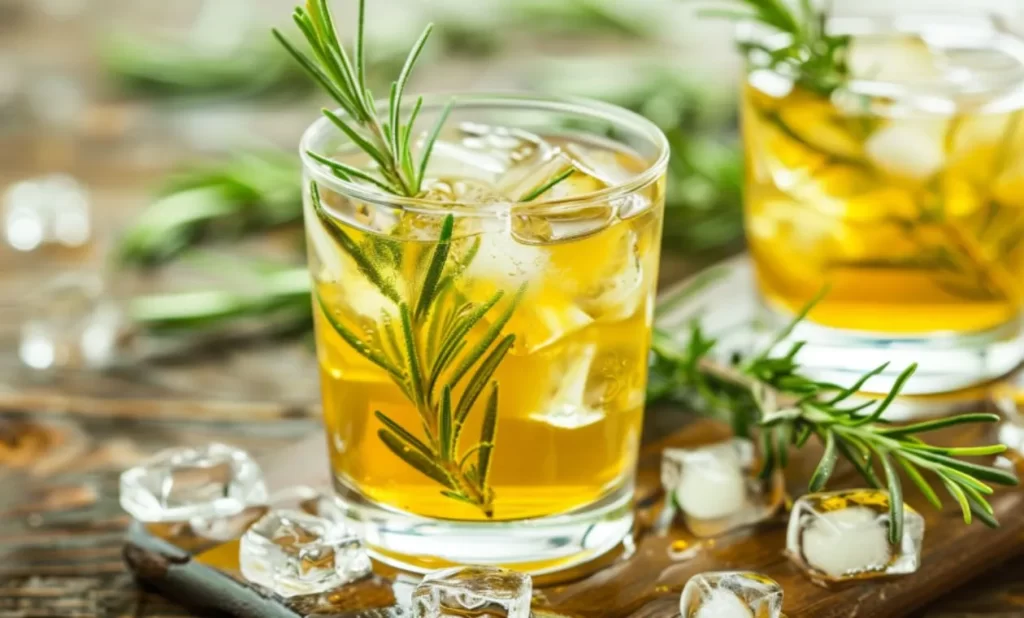
The rosemary champagne cocktail epitomizes sophistication and refinement, offering a delightful fusion of herbal and bubbly flavors. Crafted with precision and care, this cocktail is a testament to the artistry of mixology.
Key Ingredients:
- Rosemary-infused simple syrup: A harmonious blend of sugar, water, and fresh rosemary, infusing the cocktail with its distinctive herbal essence.
- Champagne: The star of the show, champagne brings its effervescence and elegance to the mix, elevating the cocktail to new heights.
- Garnish: A sprig of fresh rosemary serves as the crowning touch, adding visual appeal and accentuating the cocktail’s aromatic bouquet.
Flavor Profile:
The rosemary champagne cocktail tantalizes the taste buds with a balanced interplay of
flavors:
- Herbal notes: The infusion of fresh rosemary imparts a subtle yet distinctive herbal undertone, adding depth and complexity to the cocktail.
- Bubbly effervescence: Champagne lends its effervescent charm, offering crispness and lightness that dance on the palate with every sip.
- Sweetness: The rosemary-infused simple syrup brings a touch of sweetness to the mix, harmonizing the flavors and creating a well-rounded cocktail experience.
In essence, the rosemary champagne cocktail is a celebration of elegance and flavor, perfect for toasting special moments or simply indulging in a moment of luxury.
Garnishing Techniques
Elevate the presentation and aroma of your rosemary champagne cocktail with these creative garnishing options:
Classic Rosemary Sprig:
- A timeless choice that adds a touch of elegance to the cocktail.
- Simply place a fresh rosemary sprig on the rim of the champagne flute for a sophisticated finishing touch.
- This garnish not only enhances the visual appeal but also releases aromatic oils, enriching the drinking experience.
Brandied Rosemary:
- Take your garnish to the next level by infusing the rosemary sprig with brandy.
- Briefly soak the sprig in brandy for a few minutes to impart a deeper, boozier aroma to the cocktail.
- The brandied rosemary adds complexity and richness to the drink, enticing the senses with its luxurious aroma.
Fruity Flair:
- Add a pop of color and flavor to your cocktail by incorporating a berry or citrus slice as a garnish.
- Berries like raspberries or blackberries complement the herbal notes of rosemary and add a touch of sweetness.
- Citrus slices such as lemon or orange not only enhance the visual appeal but also contribute a refreshing citrusy aroma to the cocktail.
Herb Garden Delight:
- Get creative with your garnish by using other fresh herbs like thyme, mint, or lavender.
- Experiment with different herb combinations to create a unique visual and aromatic experience.
- These herbaceous garnishes add depth and complexity to the cocktail, elevating it to new heights of flavor.
Choose the garnishing technique that best suits your taste and occasion, and watch as your rosemary champagne cocktail becomes a work of art for the senses. Cheers to creativity and indulgence!
Also Read: Moroccan Cocktails
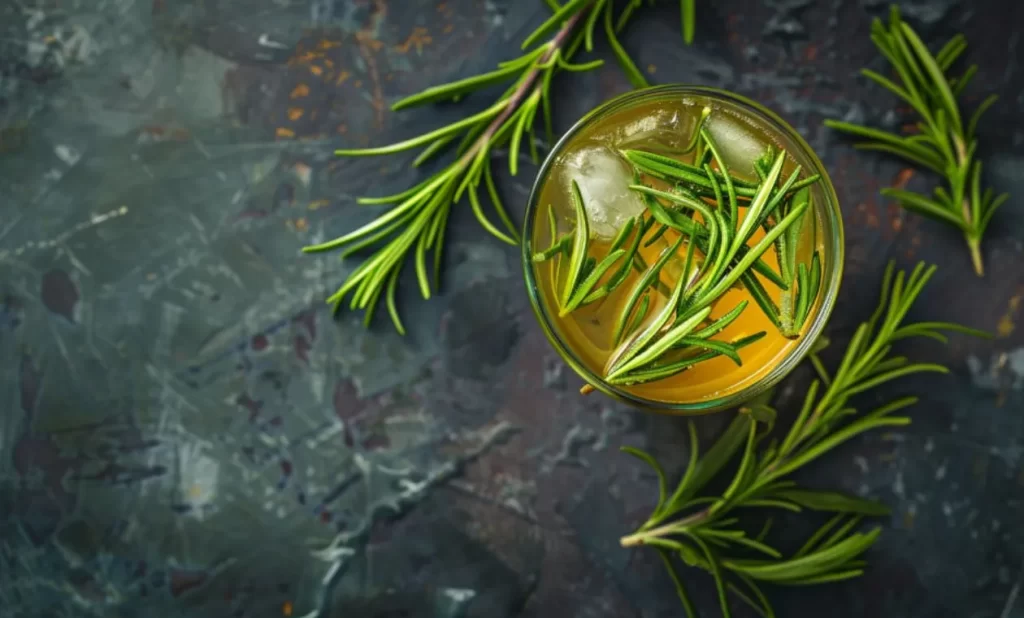
Leftover Management and Batch Preparation
Maximize the enjoyment of your rosemary champagne cocktail with these savvy strategies for managing leftovers and preparing batches for larger gatherings:
Storing Leftover Ingredients:
- Store leftover rosemary-infused simple syrup in a sealed container in the refrigerator.
- Ensure the container is airtight to maintain the freshness and flavor of the syrup.
- Properly stored, the syrup can last for up to two weeks, allowing you to enjoy multiple rounds of cocktails without waste.
Reusing Syrup:
- Get creative with leftover syrup by incorporating it into other cocktail recipes.
- Experiment with different flavor combinations by mixing the syrup with spirits like vodka or gin, or using it as a sweetener in mocktails.
- The aromatic herbal infusion of rosemary syrup adds a unique twist to various drinks, enhancing their complexity and depth of flavor.
Preparing Larger Batches:
- Streamline your cocktail preparation process by pre-making rosemary-infused simple syrup in larger quantities.
- Multiply the ingredients proportionally to prepare a batch that suits the size of your gathering.
- Store the syrup in a larger container or pitcher for easy dispensing during the event, allowing guests to serve themselves and enjoy the cocktail without delay.
Batch Bonanza:
- Consider using a punch bowl or pitcher for communal serving of the cocktail.
- Prepare a larger batch of the cocktail ahead of time and keep it chilled until ready to serve.
- Offer ice buckets filled with additional champagne and ice cubes to ensure guests can enjoy their cocktails chilled to perfection throughout the gathering.
By implementing these strategies, you can make the most of your ingredients, minimize waste, and ensure that every sip of your rosemary champagne cocktail is a moment to be savored. Cheers to efficient cocktail management and memorable gatherings!
Health Benefits of Rosemary
Unlock the holistic benefits of rosemary as you indulge in your rosemary champagne cocktail. This aromatic herb offers a treasure trove of health benefits, adding an extra layer of goodness to your drinking experience.
Antioxidant Powerhouse:
Rosemary is rich in antioxidants, including carnosic acid and rosmarinic acid, which help combat free radicals in the body.
These antioxidants work to neutralize oxidative stress and protect cells from damage, promoting overall health and well-being.
Anti-Inflammatory Properties:
Studies suggest that rosemary possesses potent anti-inflammatory properties, thanks to its high concentration of rosmarinic acid.
By reducing inflammation in the body, rosemary may help alleviate symptoms of inflammatory conditions such as arthritis and improve overall joint health.
Improved Memory & Focus:
Rosemary has long been revered for its ability to enhance cognitive function and memory.
The aroma of rosemary has been shown to stimulate the brain and improve alertness, concentration, and memory recall, making it a natural brain booster.
Digestive Aid:
Traditionally used to aid digestion, rosemary can help alleviate symptoms of bloating, gas, and indigestion.
Its carminative properties help soothe the digestive tract and promote healthy digestion, ensuring optimal nutrient absorption and gut health.
Antibacterial & Antimicrobial:
Rosemary exhibits antibacterial and antimicrobial properties, making it effective in combating certain bacteria and microbes.
Its natural antimicrobial compounds help protect against bacterial infections and promote overall immune health.
Incorporating rosemary into your cocktail not only tantalizes the taste buds but also nourishes the body with its myriad health benefits. Sip and savor the goodness of rosemary, and toast to your health and vitality!
Champagne Types and Champagne vs. Sparkling Wine
Embark on a journey through the world of bubbly beverages as we explore the distinctions between champagne and sparkling wine, along with an overview of the various types of champagne.
Champagne vs. Sparkling Wine:
Champagne originates exclusively from the Champagne region of France, where strict regulations govern its production.
Sparkling wine, on the other hand, can be produced in various regions around the world, using different grape varieties and production methods.
Production Method:
Champagne undergoes a meticulous production process known as the “méthode champenoise” or traditional method.
This method involves secondary fermentation in the bottle, resulting in fine bubbles and complex flavors.
Sparkling wine can be made using various methods, including the traditional method, tank method (Charmat method), or carbonation.
Grape Varieties:
Champagne typically uses three main grape varieties: Chardonnay, Pinot Noir, and Pinot Meunier.
Sparkling wine producers have more flexibility in grape selection, utilizing a wide range of grape varieties to create different styles and flavors.
Brut:
The driest style of champagne, with minimal residual sugar after fermentation.
Known for its crisp and refreshing taste, Brut champagne is a popular choice for celebrations and special occasions.
Extra Brut:
Even drier than Brut, with less than 6 grams of sugar per liter.
Extra Brut champagne offers a clean and sharp palate, ideal for those who prefer a bone-dry taste.
Sec:
Slightly sweeter than Brut, with up to 12 grams of sugar per liter.
Sec champagne strikes a balance between sweetness and acidity, making it versatile for pairing with a variety of dishes.
Demi-Sec:
Medium sweetness, ranging from 12-45 grams of sugar per liter.
Demi-Sec champagne is richer and more decadent, often enjoyed as a dessert wine or paired with sweet dishes.
Doux:
The sweetest style of champagne, with over 45 grams of sugar per liter.
Doux champagne is rare and luxurious, offering a luscious and indulgent drinking experience.
Explore the diverse world of champagne and sparkling wine, and savor the unique characteristics of each as you raise your glass to life’s special moments. Cheers to the effervescent joys of bubbly beverages!
Also Read: Leche de Tigre
Champagne History and Making Process
Step back in time and uncover the captivating history of champagne, from its origins in the Champagne region of France to its revered status as the epitome of luxury and celebration. Explore the traditional champagne-making process, a centuries-old artistry that continues to enchant and inspire aficionados around the world.
17th Century Origins:
Champagne’s story begins in the picturesque vineyards of the Champagne region in northeastern France.
In the 17th century, Benedictine monk Dom Pérignon is often credited with pioneering the development of champagne.
Dom Pérignon’s innovative winemaking techniques, including blending different grape varieties and mastering the art of sparkling wine production, laid the foundation for champagne as we know it today.
Rise to Prominence:
Initially associated with the royal courts and nobility of Europe, champagne gradually gained popularity among the elite classes.
Its effervescent charm and association with celebrations and festivities solidified its reputation as the drink of choice for special occasions.
Global Popularity:
Over the centuries, champagne’s allure transcended borders, captivating hearts and palates worldwide.
Today, champagne is synonymous with luxury, elegance, and indulgence, enjoyed by connoisseurs and enthusiasts alike across the globe.
Grape Harvesting:
Champagne production begins with the careful selection and harvesting of specific grape varieties, including Chardonnay, Pinot Noir, and Pinot Meunier.
Grapes are handpicked to ensure optimal ripeness and quality, typically during the early weeks of September.
Primary Fermentation:
Once harvested, the grapes are gently pressed to extract the juice, which undergoes primary fermentation in stainless steel tanks.
The base wine is then carefully blended to achieve the desired flavor profile and acidity levels.
Secondary Fermentation:
The blended base wine is bottled along with a mixture of sugar and yeast, triggering a second fermentation process.
As fermentation progresses, carbon dioxide gas is trapped within the bottle, resulting in the formation of bubbles and creating champagne’s signature effervescence.
Aging and Riddling:
After secondary fermentation, the bottles are aged on their sides in cool, dark cellars for a minimum of 15 months (for non-vintage champagne) or several years (for vintage champagne).
During this time, the bottles undergo a process known as riddling, where they are gradually rotated and tilted to encourage the yeast sediment to settle in the neck of the bottle.
Disgorgement and Dosage:
Once aged, the bottles undergo disgorgement, where the yeast sediment is carefully removed by freezing the neck of the bottle and expelling the frozen sediment.
A mixture of wine and sugar, known as dosage, is added to adjust the sweetness level of the champagne before it is corked, labeled, and ready for sale.
Immerse yourself in the time-honored tradition of champagne-making, and toast to the craftsmanship and dedication that bring this exquisite sparkling wine to life. Cheers to the timeless elegance of champagne!
Champagne Flute Facts
Uncover the secrets behind the iconic champagne flute and its role in enhancing the drinking experience of the rosemary champagne cocktail.
Design and Shape:
The champagne flute is characterized by its tall, slender shape, featuring a narrow bowl and elongated stem.
This design is specifically crafted to preserve the bubbles and effervescence of champagne, allowing them to rise gracefully to the surface.
Significance:
The design of the champagne flute serves a dual purpose: it showcases the visual beauty of the bubbles while preserving the aromatic profile of the cocktail.
The narrow opening of the flute helps to concentrate the aromas, allowing the drinker to fully appreciate the complex bouquet of the rosemary champagne cocktail.
Preservation of Bubbles:
The elongated shape of the flute minimizes the surface area of the champagne exposed to the air, helping to retain the carbonation and effervescence of the cocktail.
This preservation of bubbles ensures that each sip of the rosemary champagne cocktail is as crisp and refreshing as the first.
Elegant Presentation:
Beyond its functional benefits, the champagne flute adds an element of elegance and sophistication to the drinking experience.
The slender stem and graceful silhouette of the flute make it the perfect vessel for serving celebratory cocktails like the rosemary champagne cocktail.
Versatility:
While traditionally associated with champagne, the champagne flute is also used to serve a variety of sparkling wines and cocktails.
Its versatile design makes it suitable for showcasing the effervescence and aromatics of any bubbly beverage, enhancing the overall drinking experience.
Raise your flute and toast to the timeless elegance and functionality of this iconic glassware as you indulge in the effervescent delights of the rosemary champagne cocktail. Cheers to style, sophistication, and unforgettable moments!
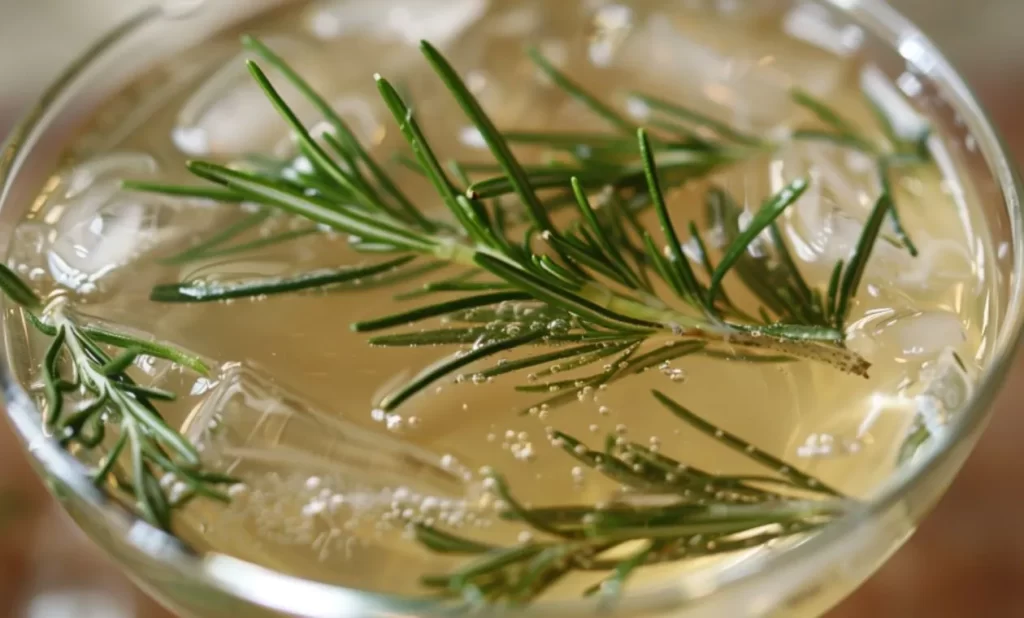
In Crux
As we reach the end of our journey through the world of the rosemary champagne cocktail, let’s take a moment to reflect on the key insights we’ve uncovered and toast to new beginnings.
Throughout this guide, we’ve explored the art of crafting the perfect rosemary champagne cocktail, from infusing simple syrup with aromatic rosemary to selecting the finest champagne for a bubbly finish. We’ve delved into the health benefits of rosemary, celebrated the diverse types of champagne, and marveled at the elegance of the champagne flute.
Now, it’s time to put theory into practice and embark on your own cocktail adventure. Whether you’re hosting a soirée with friends or simply seeking a moment of indulgence, the rosemary champagne cocktail is sure to delight your senses and elevate any occasion.
So, gather your ingredients, raise your glass, and savor every sip of this exquisite cocktail. And don’t forget to share your experiences with us! We’d love to hear about your culinary creations and memorable moments shared over a glass of rosemary champagne cocktail.
Cheers to the joy of discovery, the pleasures of indulgence, and the beauty of shared moments. Here’s to the magic of the rosemary champagne cocktail. Cheers!

Chef Carlos Jackson, the culinary virtuoso behind the vibrant flavors at Taste Recipe. With a rich tapestry of experiences spanning 17 years across top-tier international hotels in Miami, Australia, Dubai, and the USA, Carlos has mastered the art of blending cultures on a plate. His expertise isn’t just limited to the realms of Thai, Continental, Italian, and Chinese cuisines; it’s his unparalleled passion for bar culture that sets him apart. Carlos’s journey from global kitchens to your screens is driven by a desire to share not just recipes, but stories woven with love, taste, and tradition. At Taste Recipe, he pours his heart into every dish, inviting you to explore a world where flavors know no boundaries. Join him as he turns simple ingredients into culinary masterpieces, building a community of food lovers who value experience, expertise, authority, and trustworthiness. Welcome to a world curated by Chef Carlos, where every recipe is a journey.
